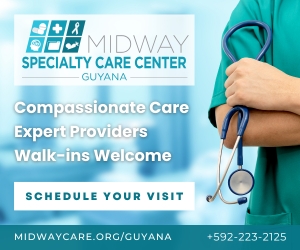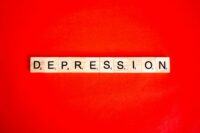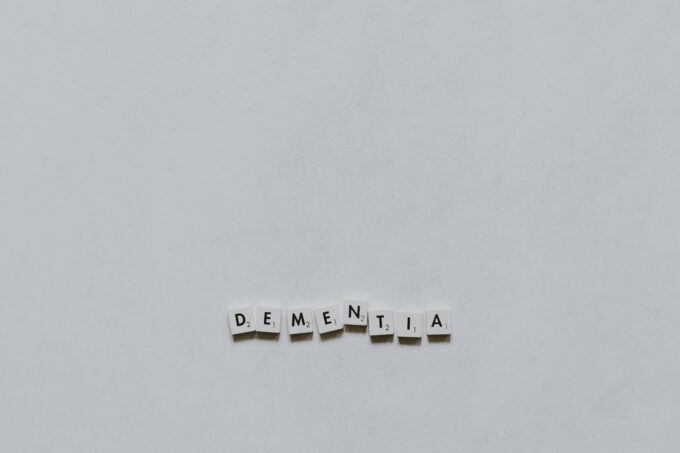The Silent Killer You Might Not Expect
Cardiovascular disease (CVD) has long been typecast as a “man’s disease.” However, this perception is not only outdated—it is dangerously misleading. CVD is now the leading cause of death among women worldwide, claiming more lives annually than all forms of cancer combined. Despite this, awareness of the risk and presentation of CVD in women remains alarmingly low, especially in regions like the Caribbean and South America, where healthcare systems may lack the resources or focus to address these gender-specific disparities.
In countries like Guyana, the burden is growing silently, fueled by socio-economic, cultural, and healthcare access issues. Heart disease is not only common—it’s the leading cause of death in Guyana. Yet many women remain unaware that they are at risk. Worse, the signs are often subtle or mistaken for something else entirely.
If you’re a woman, especially one living in the Caribbean or South America, it’s time to take heart—literally.
A Growing Threat for Women
Globally, over 17 million people die from CVD each year, with nearly 8.9 million of these being women. Once considered a disease of affluence, heart disease now affects populations across all income levels and is rising quickly in low- and middle-income countries. In the Caribbean and South American regions, shifting lifestyles, increasing rates of obesity, diabetes, and hypertension, as well as aging populations, have all contributed to the surge in cardiovascular morbidity and mortality.
In Guyana, over 30% of deaths annually are attributed to cardiovascular conditions like heart attacks, strokes, and complications from hypertension. Women, especially those over 40, are increasingly showing up with diabetes, high blood pressure, and obesity—all major red flags for future heart problems.
While heart disease rates in men are plateauing or even declining in some areas, the numbers for women continue to rise.
Men vs. Women: How Heart Disease Plays Favorites
While both men and women are at risk of CVD, the patterns, symptoms, and outcomes often differ between the sexes. Men tend to present earlier in life and more often with classic symptoms such as chest pain radiating to the arms, whereas women frequently develop CVD later and may exhibit atypical, vague or “silent” symptoms that are harder to recognize. This makes diagnosis and timely treatment more difficult.
Key differences include:
- Symptom Presentation: Women are more likely to experience symptoms such as shortness of breath, nausea, back or jaw pain, and fatigue, rather than the stereotypical crushing chest pain.
- Hormonal Influence: Estrogen has a protective effect on the heart; however, post-menopause, the risk of heart disease in women increases dramatically.
- Underdiagnosis and Undertreatment: Women are less likely to be referred for diagnostic tests or treatments like angioplasty and are more likely to be misdiagnosed—leading to worse outcomes after cardiac events. Because of the atypical symptomatology, many women may dismiss their symptoms or be misdiagnosed. Recognizing the signs can lead to earlier diagnosis and treatment. Here are key clinical features women should watch for:
- Chest discomfort: Not necessarily severe pain—may feel like pressure, tightness, or fullness.
- Shortness of breath: Occurs with or without chest discomfort.
- Fatigue: Unusual tiredness that may occur during normal activities or even at rest.
- Nausea or vomiting: Often overlooked as a sign of gastrointestinal upset.
- Pain in the neck, jaw, shoulder, upper back, or abdomen: Can occur with or without chest pain.
- Dizziness or light-headedness: Particularly in combination with other symptoms.
Unique Risk Factors Women Face
While men and women share many heart disease risks—like smoking, poor diet, and sedentary lifestyles—women have their own set of risk factors, some of which are tied to hormonal and biological differences.
Diabetes: Increases CVD risk more significantly in women than in men.
Pregnancy-related complications: Conditions like preeclampsia and gestational diabetes are associated with higher long-term cardiovascular risk.
Autoimmune diseases: Such as lupus and rheumatoid arthritis, which are more common in women, also elevate risk.
Depression and stress: Women are more likely to suffer from depression and chronic stress, both of which negatively affect heart health.
A Closer Look: Women’s Heart Health in Guyana
In many parts of the Caribbean and South America, including Guyana, epidemiological data indicate that non-communicable diseases (NCDs) are on the rise. CVD leads this group, disproportionately affecting women due to a combination of underdiagnosis, limited access to preventative care, and socio-economic challenges.
Key statistics:
In Guyana, more than 60% of women aged 45 and older have at least one major cardiovascular risk factor.
Hypertension rates are rising steadily among women, often going undetected and untreated.
Cultural attitudes sometimes discourage women from seeking care promptly or from engaging in physical activity, further compounding the risk.
Call to Action: What Can You Do?
Heart disease is largely preventable with lifestyle changes and early detection. Awareness is the first step via targeted public health campaigns focused on educating women about CVD. Other essential steps include:
- Eat smart- Focus on whole grains, fruits, vegetables, lean proteins and health fats.
- Know your numbers- Check your blood pressure, cholesterol and blood sugar regularly.
- Get moving- Aim for at least thirty minutes of physical activity most days of the week.
- Quit smoking- If you smoke seek help to stop.
- Manage stress- Take time for relaxation, mindfulness, and mental well-being.
The Future of Women’s Heart Health
It’s time for a shift in how we view and treat cardiovascular disease in women. Healthcare systems across the Caribbean and South America need to embrace gender-sensitive screening, diagnosis, and treatment. Women must be empowered with information—so they can advocate for themselves and take action before it’s too late.
In Guyana and beyond, saving lives starts with recognition, education, and prevention.
So, the next time you feel overly tired or a strange ache in your neck or jaw, don’t just brush it off. Listen to your heart—it may be trying to tell you something. Awareness can no longer be a luxury—it must be a priority.













